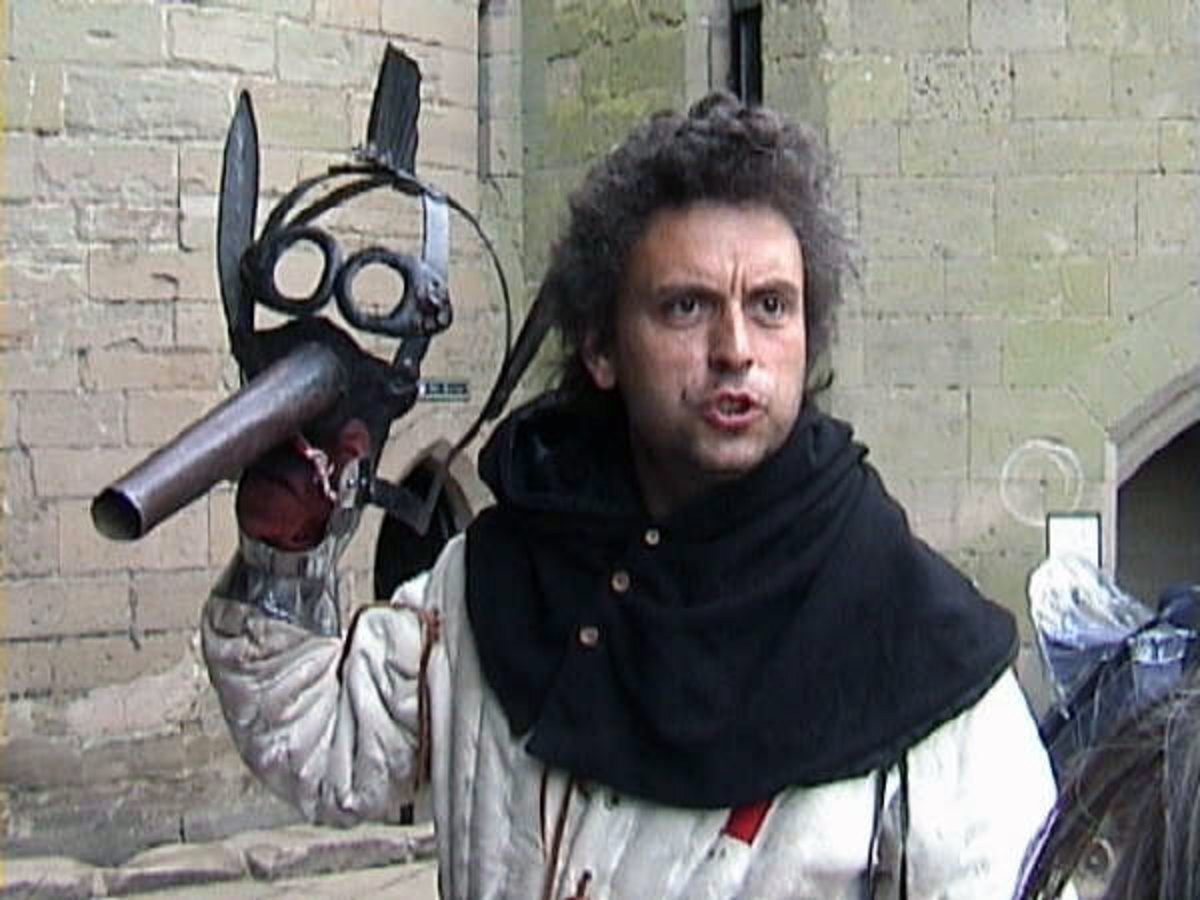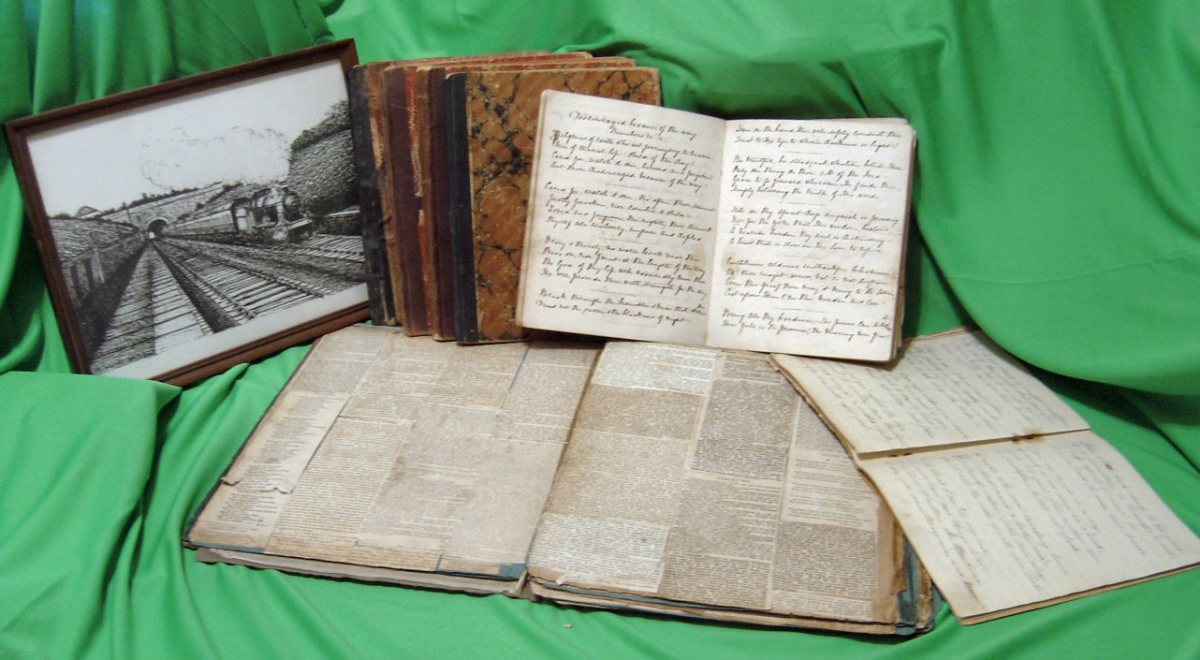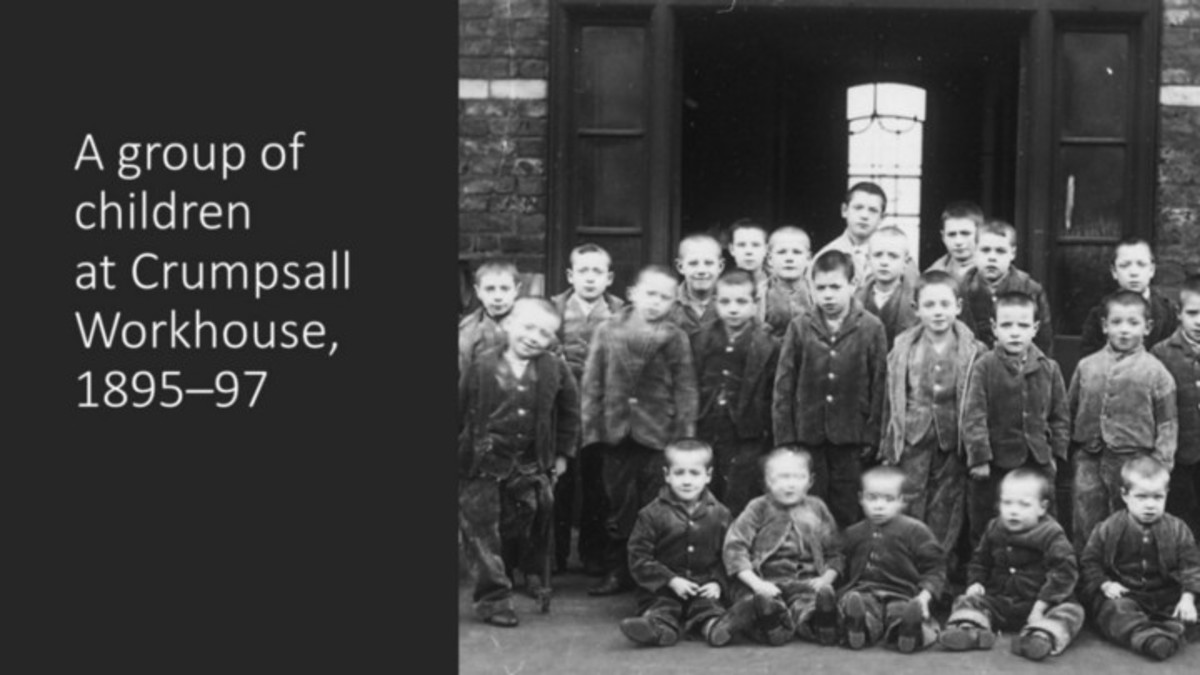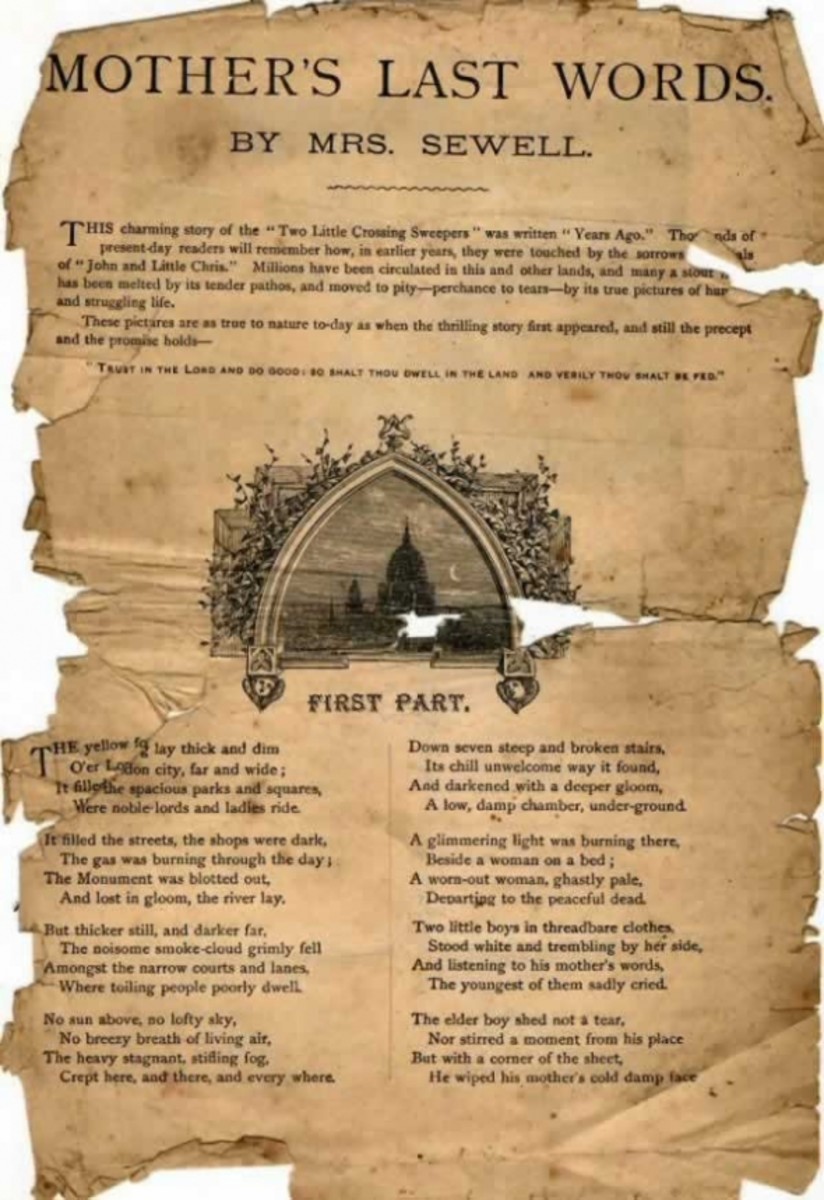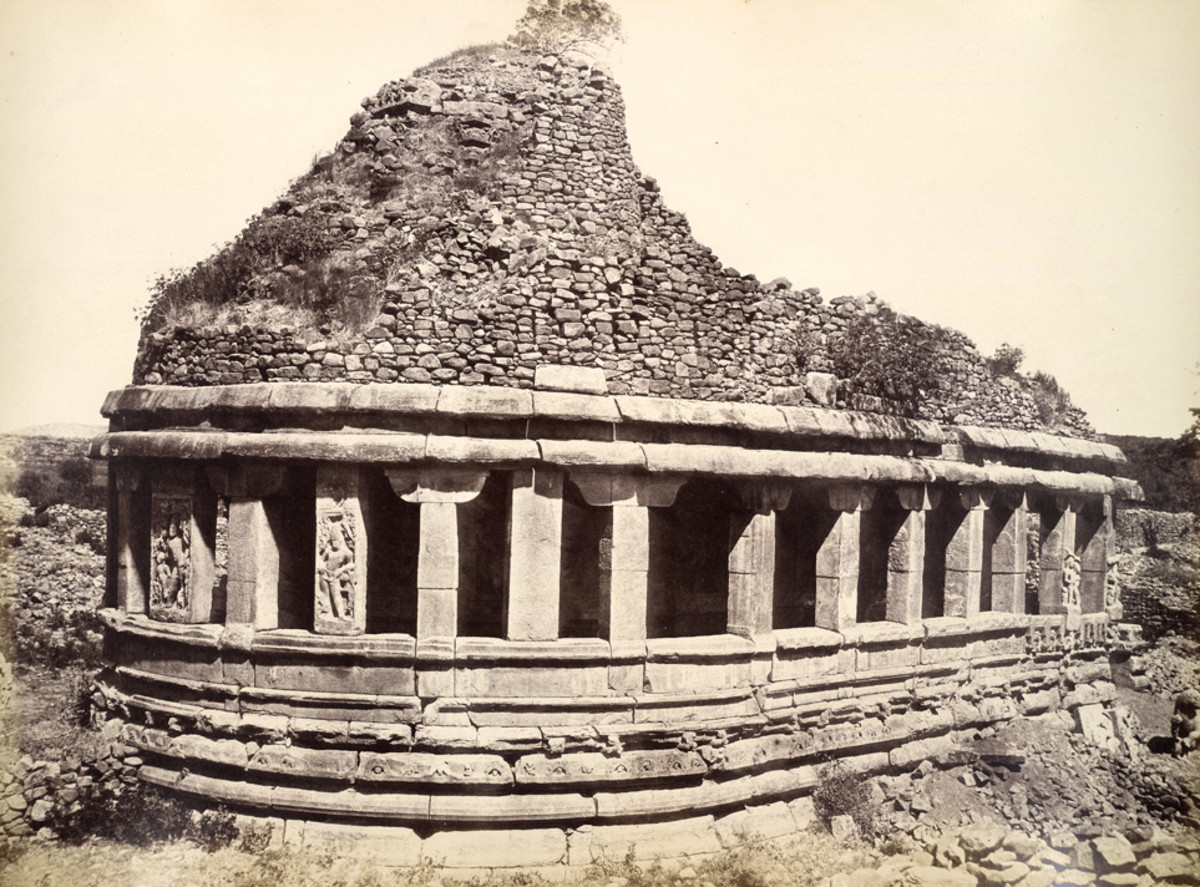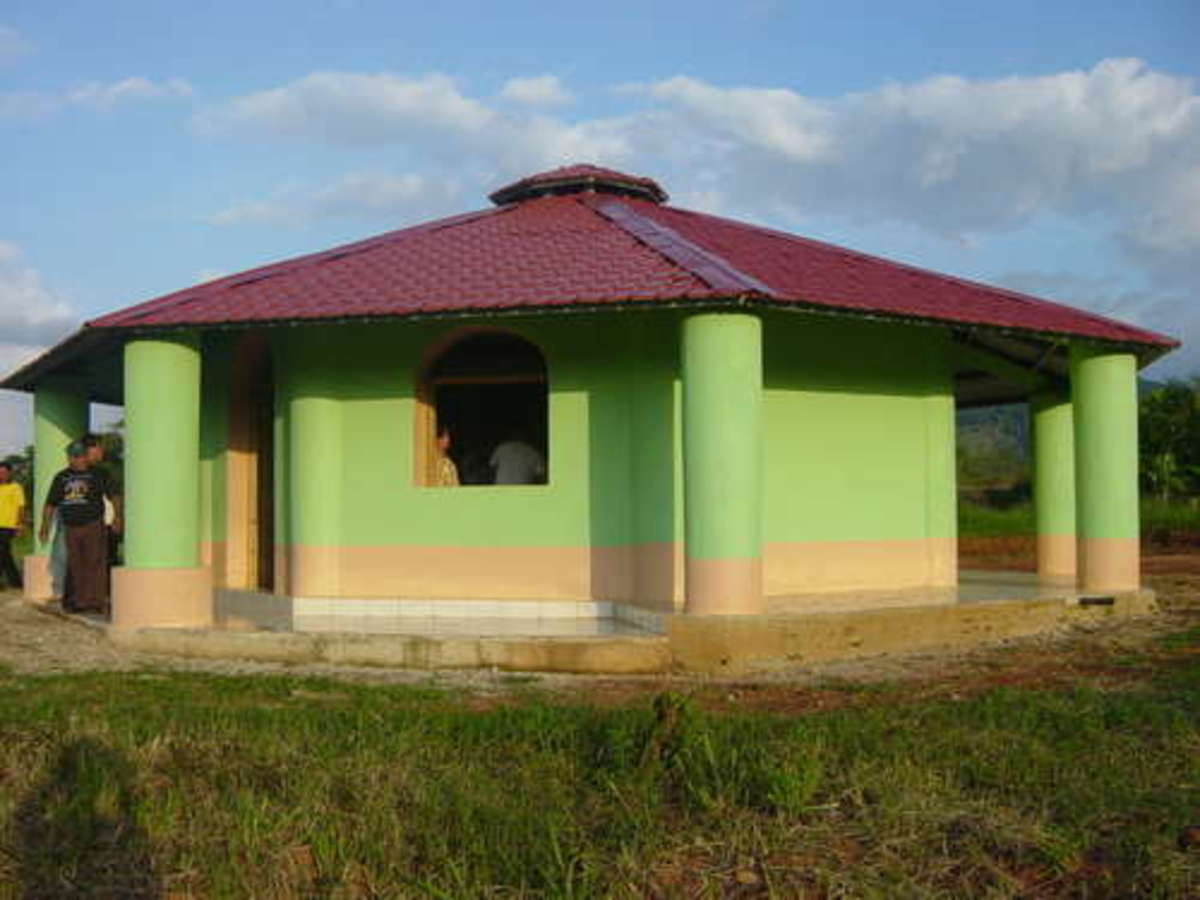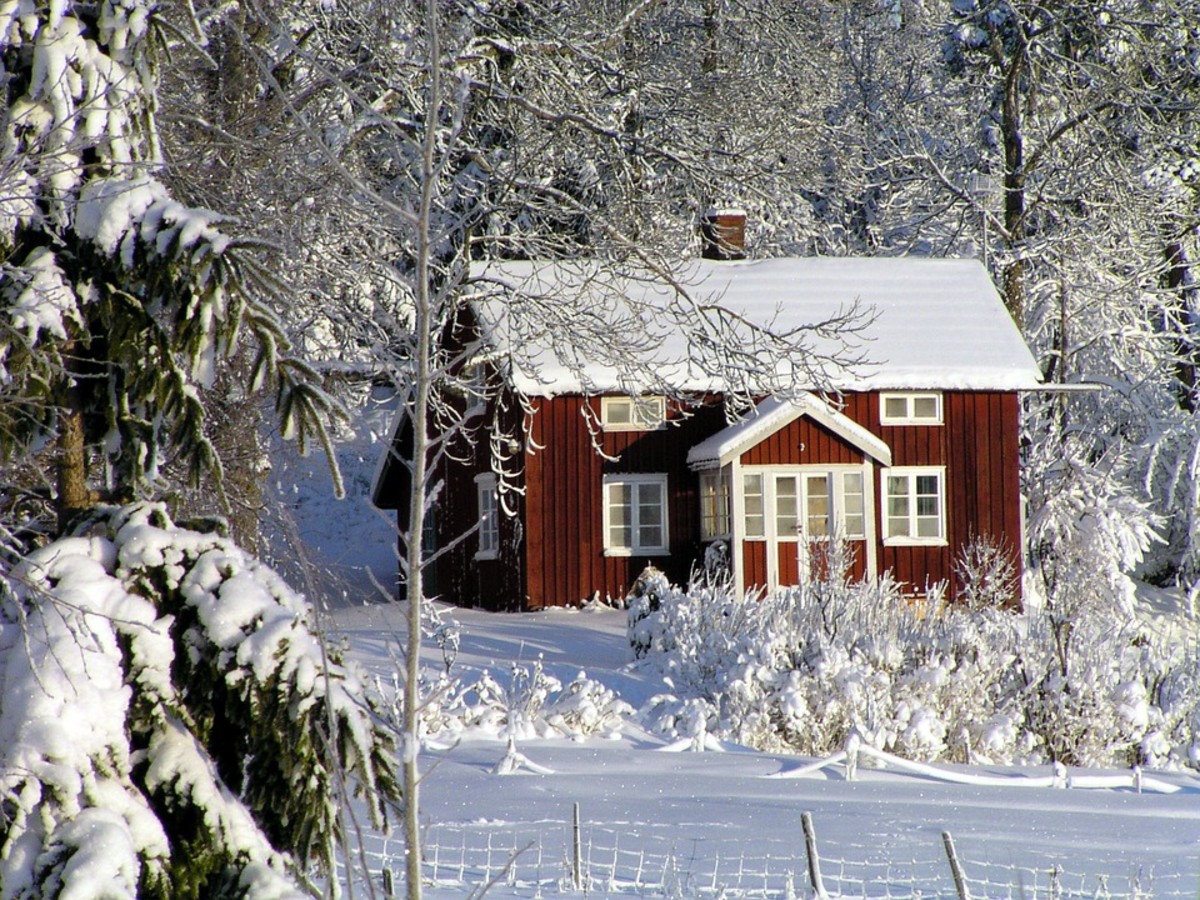How to identify Victorian buildings
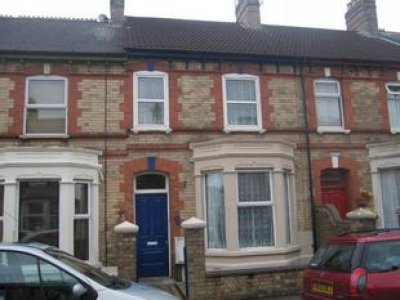
The Victorian age takes its name from Queen Victoria, who ruled Britain from 1837 to 1901.
Now, China is called the "Factory of the World", but during Victorian times, Britain was called the "the workshop of the world" and it was at the centre of an empire larger than any other the world had known.
The Victorian were good builders and because Victorian age ended just over a century ago, many buildings has survived. How to identify Victorian buildings?
You may find Victorian buildings in these kinds of places all around Great Britain:
by docks and railway stations in most seaside towns in town or city centres in the more densely packed inner parts of cities in country villages
Many surviving Victorian buildings are those intended for public use, such as town halls, schools, libraries, museums, railway stations, police stations and hospitals. Terraced housing, too, is likely to date from Victorian times.
There are lots of clues that can help you spot a Victorian building. Many public buildings from the time included a date on the facade, or front. On a school, look for the doors that have "Boys" and "Girls" marked over them. Victorian houses often had names written over the front door - for example, Amelia Villas.
In terraced houses, look at the ground-floor windows. If they are flat-fronted , they probably belonged to lower-class Victorians. If they are bay-fronted, they were inhabited by the middle classes.
Victorian liked to decorate their houses with tiles and coloured bricks. The Window frames are "heavy"-looking, and on bay windows they are often made from stone.
Victorian homes didn't, of course, have garages. But large houses often had stables, which were reached by back alleys called mews.

